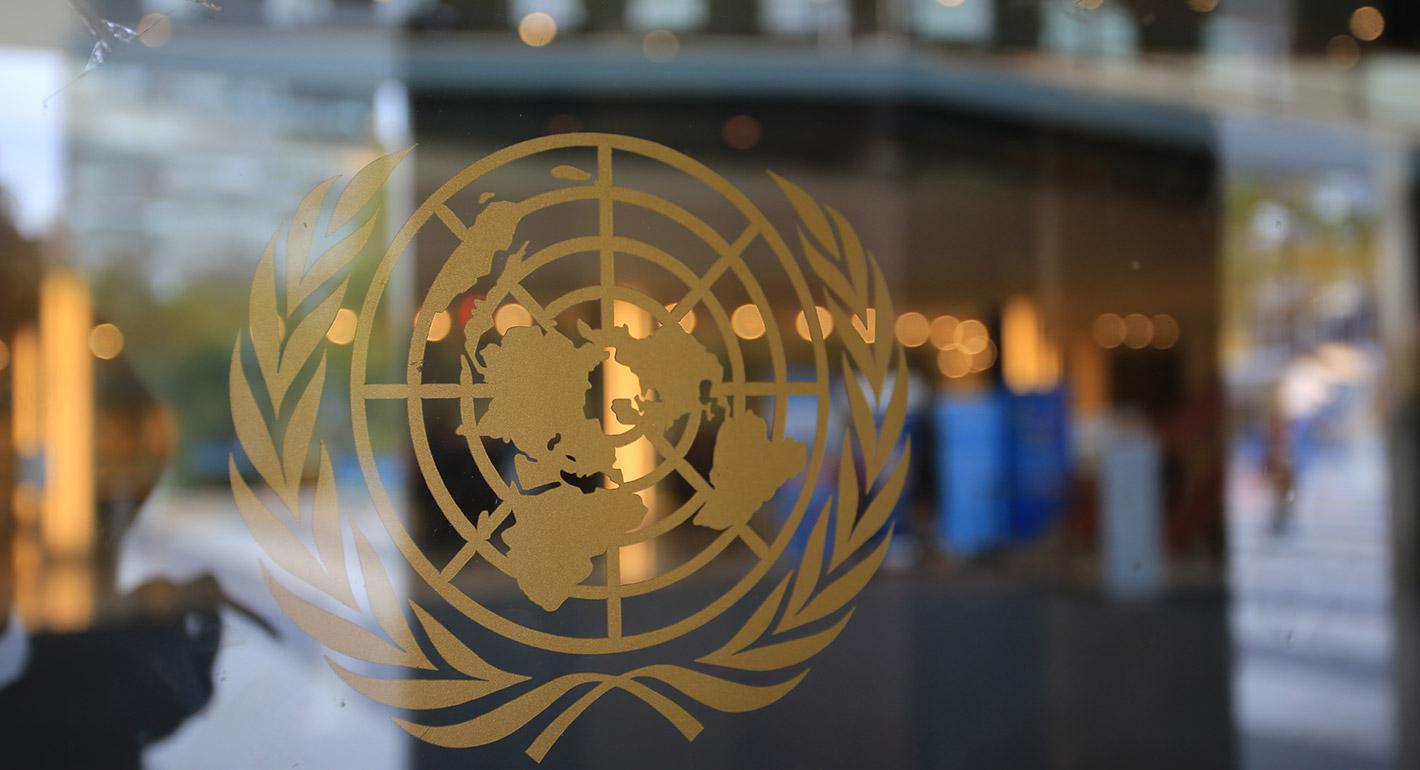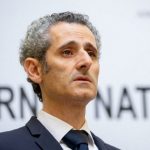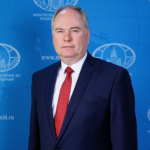First of all, it should be said that the 1995 NPT Review Conference took place against the backdrop of a fundamental restructuring of the entire system of international relations caused by the end of the bloc confrontation and the emergence of new independent states on the political map of the world in the post-Soviet space. The metamorphoses that took place at that time touched all spheres of interstate interaction, and above all those that directly affected international security. The peculiarity of that time, its distinctive feature, was the desire of the former ideological opponents to reconsider their former foreign policy attitudes, to abandon confrontation and confrontation and to move to a joint search for solutions to long-standing and new problems.
Of course, we should not idealize that time, because the processes that took place then had not only positive effects. Many of them were very contradictory, gave rise to new problems and, if you like, had a negative political charge. But nevertheless, the first half of the 1990s was a time of «high expectations» based on the desire of most members of international society for constructive interaction. This was fully true in the field of arms control, disarmament and nonproliferation. It seems that it was then that the NPT came to be recognized as one of the most important pillars of international stability and security. That, in turn, created the condition and opportunity to grant it indefinite status. Such a decision by the States parties to the Treaty in that global political environment was an imperative, on the one hand, and, one might say, an objective inevitability, on the other.
In fact, the fact that the NPT was granted indefinite status reflected the international community’s understanding of the need to preserve it as a universal instrument for ensuring international security and, at the same time, the agreement of States parties to undertake efforts to supplement the obligations contained in the Treaty with new measures for the practical implementation of its provisions.
Further developments in subsequent review cycles have confirmed the validity and timeliness of the decision to extend the Treaty indefinitely. It has allowed States parties to more thoroughly address the strengthening of the Treaty regime, particularly with regard to the first two pillars – nuclear disarmament and non-proliferation.
As a result, it was possible to agree on the so-called 13 steps of the 2000 Review Conference (RC), as well as the 2010 Action Plan adopted as a result of the successful conclusion of the next Review Conference.
I would like to draw attention to one more point. In the course of the NPT review process, it is now quite often and, it must be said, rightly emphasized that one of the conditions for the indefinite extension «deal» put forward by the non-nuclear-weapon States was the establishment of a nuclear-weapon-free zone in the Middle East. A resolution to this effect was adopted at the 1995 Conference, co-sponsored by the Russian Federation along with Great Britain and the United States. Unfortunately, for a number of reasons, primarily political, the provisions of the 1995 resolution on the Middle East remain unimplemented, although a process aimed at establishing a Middle East zone free of nuclear and other types of WMD and their means of delivery has been initiated, largely due to Russia’s efforts. Nevertheless, this resolution is an important achievement of the «NPT community».
However, when talking about the indefinite extension of the NPT, one important fact that preceded this event is often overlooked, namely, the accession of China and France to the Treaty in 1992, after which all nuclear-weapon states became parties to this agreement. This was also a result of the transformations in the world that were observed in the early 1990s and a reflection of the desire of states to build security interactions in a new non-confrontational paradigm.
In the current context, where many of the previous arrangements in arms control, disarmament and nonproliferation have either faded into oblivion or are undergoing serious erosion, the NPT is proving to be a viable option. This is not to say that there are no serious problems. On the contrary, the recent activities of the Treaty review process have revealed a broad list of issues on which different groups of countries have serious, sometimes insurmountable differences. However, what is certainly not in doubt is the need to preserve the NPT and to make collective efforts to strengthen it, both through strict compliance with its provisions and by implementing the agreements that were adopted by consensus in the review process.























